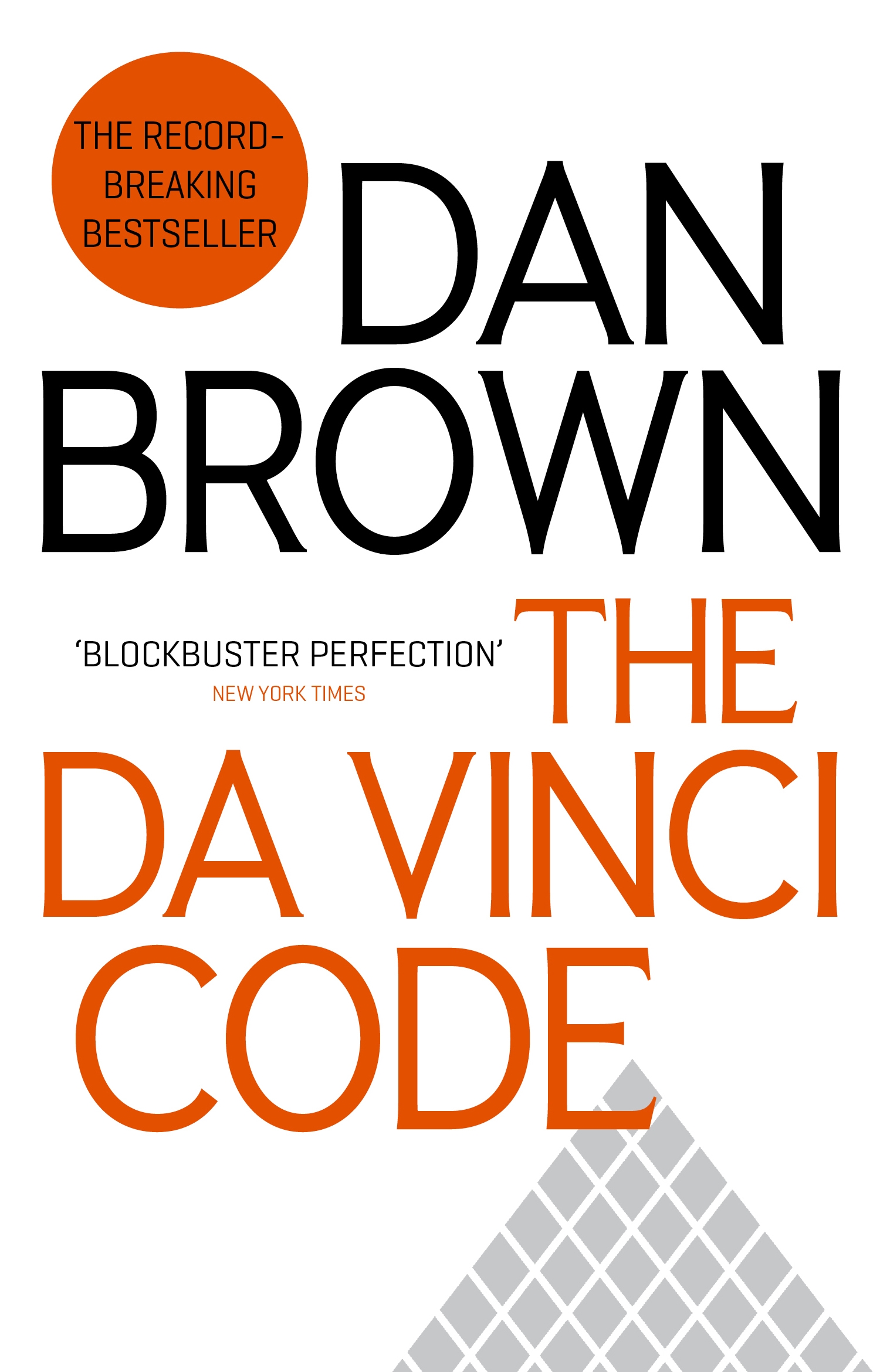
He allows a victim to recite a last prayer before shooting him. He also prays over a person he has just slain. “Sometimes I wonder if I was alone down there,” he says.Ī mysterious albino monk (named Silas), who is under orders from a dogmatic Roman Catholic sect, prays in front of a crucifix before setting out to kill. Sophie asks Robert, “Are you a God-fearing man?” Robert responds, “Well, I was raised Catholic.” He recounts a time when, as a young boy, he’d fallen in a well and prayed to Jesus.

Later he asks, “What if the world finds out that the greatest story ever told is a lie?” And he wants Jesus to be “shown for what He was, not miraculous, mad.” “As long as there has been one true God, there has been killing in His name,” he states. In his mind, freedom for mankind can come only if everyone stops believing in God. Robert’s old friend and fellow historian, Sir Leigh Teabing, goes to some length to blame God and His followers for the majority of the world’s ills-past and present. The legendary Holy Grail, it insists, was not the cup from which Christ drank at the Last Supper, but the very womb of Mary Magdalene. It maintains that Constantine started a cover-up about the “true” story of Jesus Christ-namely, that He was merely human, not divine, and that He was married to Mary Magdalene with whom he fathered a “royal bloodline” that survives to this day. 325 at the Council of Nicea, from which we get the Nicene Creed. The story charges that the Roman emperor Constantine was not a Christian convert, as history records, but rather a pagan who forced the church to adopt certain positions in A.D. The basic premise of The Da Vinci Code is that Christianity as the world understands it today is based on a historical fraud. And it calls into question the very nature of Jesus Christ. It posits an alternate “truth” about the founding of the Christian church and the origin of the Bible. This conspiracy involves a secret society whose alleged membership has included Leonardo Da Vinci, Sir Isaac Newton and Victor Hugo. Robert and Sophie soon uncover a conspiracy so vast and so explosive that it would turn the world upside down should it ever be revealed. The first one he seems to miss, though, is that the relentless investigator assigned to the case, Captain Bezu Fache, suspects Robert of the murder. Paired with a French cryptologist, Sophie Neveu, Robert tries to decode the clues.

Aside from its unlikely setting, the body itself, as well as the immediate surroundings, bear mysterious symbols that seem to point toward the likely killer. So why do the Parisian police call him to help solve the murder of a museum curator at the world-renowned Louvre? Because this is no ordinary crime scene.

Robert Langdon is a Harvard professor of symbology, not a homicide cop.


 0 kommentar(er)
0 kommentar(er)
